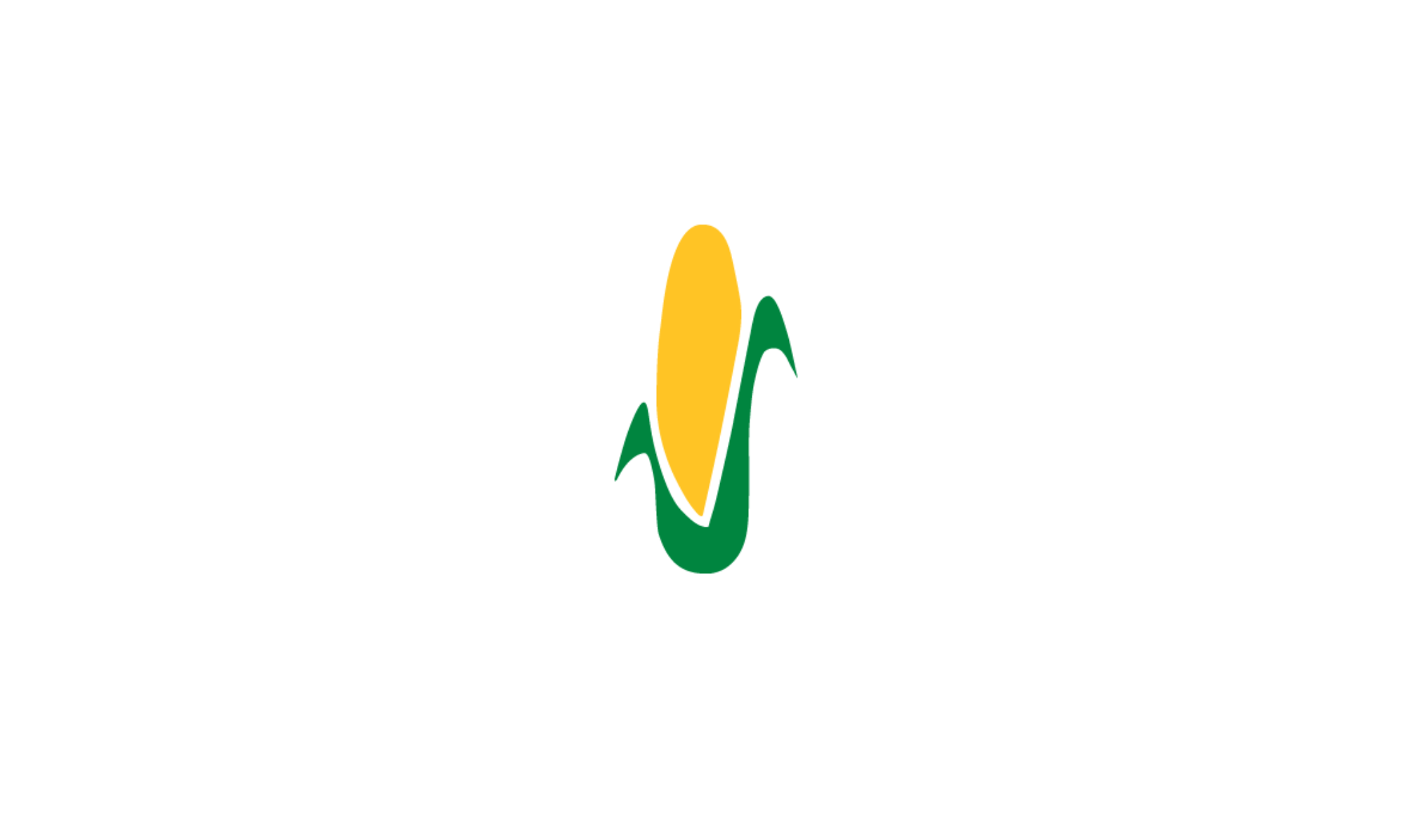Tar Spot
One of my lesser accomplishments in life happened in a corn field along Route 3 south of Columbia on August 27 of last year. While walking corn with a customer and another district manager, we found the first Tar Spot in Monroe County, IL. Weeks later it was easy to find in fields that still held onto a little green and was confirmed as far south as Perry and Franklin counties.
“Reinhart, that was last year! How concerned should I be this year?”
I’m glad you asked that question!! VERY!! Unlike Southern Rust which has to blow up from the south, Tar Spot overwinters in the residue and blows around VERY EASILY!
“Great! You’re full of good news!”
I’m detecting your sarcasm… I can provide you with some potentially good news…potentially! Let’s break this down and explore the science. No, the REAL science, not the Washington/network news science! We’re going to look at a good old fashioned disease triangle. If a disease is going to exist in our corn fields we must have THREE things happen – Host (corn plants) √, Pathogen (Tar Spot) √, Environment (favorable weather conditions) ??
For Tar Spot to infect your fields the following environment must exist:
- Cool temperatures (60-73°F)
- While July, August & September are HOT, the nighttime temps are what we worry about. Getting below 73⁰ can be a challenge!
- Humid conditions (>75% relative humidity)
- When was the last time you were comfortable in the bleachers at Busch Stadium in July, August or September?
- Long periods of leaf wetness (greater than 7 hours)
- Nighttime dews can easily give us the 7 hours needed, especially after canopy.


We can have an environment that will allow Tar Spot to appear, but it is going to be weather dependent if it is going to be an economic problem. Typically, July isn’t likely to provide the cool temps and possibly the heavy dews. As we move into the early fall, it’s more probable.
What Can I Do? What Should I Watch For?
Foremost, you can scout your fields. Tar Spot isn’t something you typically want to wait to hear about after the planes have been called in. The earlier you spray after detecting it the better! What you’re looking for initially is “fly specks” on the leaves. Wet your finger and thumb and rub the leaf and if the specks don’t disappear, you have Tar Spot. Trivapro, Veltyma, Miravis Neo, Quilt Xcel and Headline Amp are all good options.

Above: Tar Spot that has rapidly accelerated in its development. The tiny specks in the photo would be new infections. Photo credit mitppc.UMN.edu
Can I select hybrids that fight off Tar Spot?
Simply put, NO. There are no known resistant hybrids. Inoculating research plots is difficult and getting the disease to grow is based on environmental conditions. Determining how susceptible hybrids are to Tar Spot is actually very difficult to rate.
How much value can I receive from a fungicide application?
Much like any disease, the disease triangle can be fully intact and cause the disease to start on the leaf and then conditions change and the disease stalls out. However, severity of yield loss is going to be dependent on when the infection began. As you can see from the chart to the right, yield loss could reach as high as 50%. We went to protect corn all the way to black layer in the grain fill stage. Since we can bounce back and forth between conditions favorable to Tar Spot and Southern Rust, look at the fungicides that have the best overall protection to both diseases. My number one recommendation is Trivapro.

